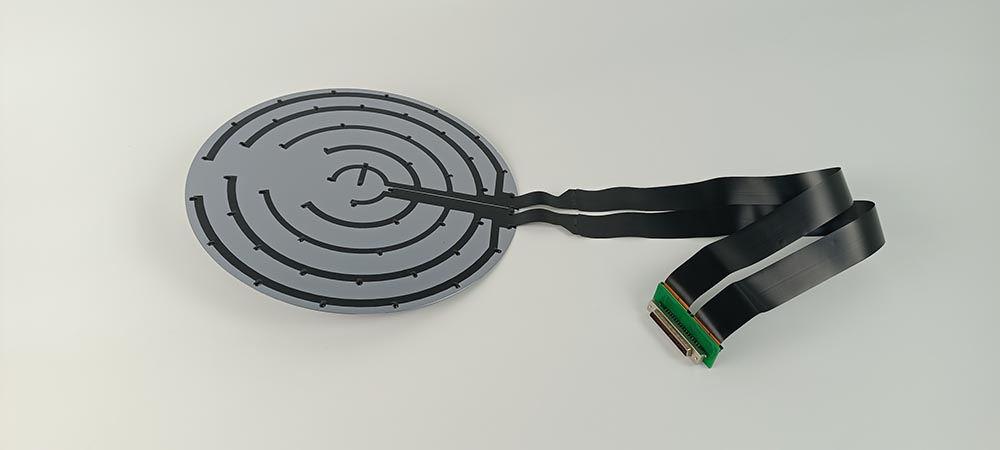What Is On Wafer

RTD Wafer Introduction
RTD wafers are integral components in the manufacturing of Resistance Temperature Detectors (RTDs), which are highly accurate temperature sensors.
1. RTD Basics:
- Principle of Operation:RTDs work on the principle that the electrical resistance of a material changes with temperature. This relationship is well-characterized, especially in materials like platinum, which is commonly used in RTDs due to its stable and predictable resistance-temperature relationship.
- Materials:
- Platinum:The most common material for RTDs, valued for its precision and stability. Platinum RTDs are often referred to as Pt100 (100 ohms at 0°C) or Pt1000 (1000 ohms at 0°C), indicating their resistance at the reference temperature.
- Nickel and Copper:Used in some RTDs for specific applications, though they are less stable over wide temperature ranges compared to platinum.
2. RTD Wafer Fabrication:
- Substrate Material:RTD wafers are typically made from materials like silicon or ceramic. These substrates provide a stable base for the thin-film or wire-wound elements.
- Thin-Film RTDs:In thin-film RTD fabrication, a thin layer of resistive material (usually platinum) is deposited onto the wafer. This layer is then patterned using photolithography and etching processes to create the RTD element. The advantage of thin-film RTDs is that they can be made very small, allowing for fast response times and the possibility of integrating them with other semiconductor devices.
- Wire-Wound RTDs:In wire-wound RTDs, fine wire made from the resistive material is wound around a ceramic or glass core. While not directly related to wafer technology, wire-wound RTDs are another common type of RTD and are known for their high accuracy and stability over a wide temperature range.
3. Applications:
- Industrial Automation:RTDs are widely used in process industries like chemical, oil and gas, and food and beverage manufacturing, where precise temperature control is critical.
- Aerospace:RTDs are used in aircraft to monitor engine and environmental temperatures due to their high accuracy and reliability.
- Electronics:RTDs are used in semiconductor manufacturing and other electronic applications where precise temperature measurement is required.
4. Advantages of RTDs:
- Accuracy:RTDs are known for their high accuracy, typically within ±0.1°C over a wide temperature range.
- Stability:RTDs have excellent long-term stability, making them suitable for applications where consistent, reliable temperature measurements are essential.
- Wide Temperature Range:Depending on the design, RTDs can measure temperatures from -200°C to over 600°C.
5. Challenges:
- Cost:RTDs, especially those made from platinum, can be more expensive than other types of temperature sensors like thermocouples.
- Size:While thin-film RTDs can be made quite small, traditional wire-wound RTDs can be bulkier, which might be a limitation in some applications.
- Response Time:RTDs generally have slower response times compared to thermocouples, especially in larger wire-wound designs.
In summary, RTD wafers are crucial in the production of high-precision temperature sensors used in various high-tech industries. The choice of materials, the method of fabrication, and the application requirements all play a role in determining the final characteristics of the RTD sensor.
Contact Us
Send us an inquiry! We will reply within 24 hours!
FAQ
Yes. Define each length of L1, L2, L3 ( Mainly consider the length that TC-wafer placed in the chamber)
Yes. We provide flexible customization service to meet our client’s needs.
Not really the same. The temperature in process should be consider when choosing the correct item. For example, TC-wafer can test within 1200℃, but On Wafer system can only test under 100℃.

